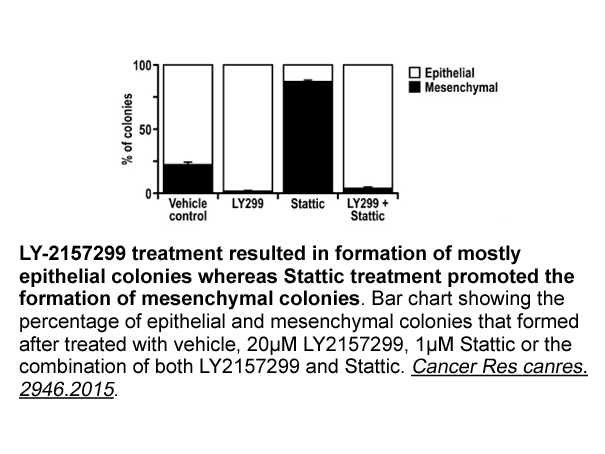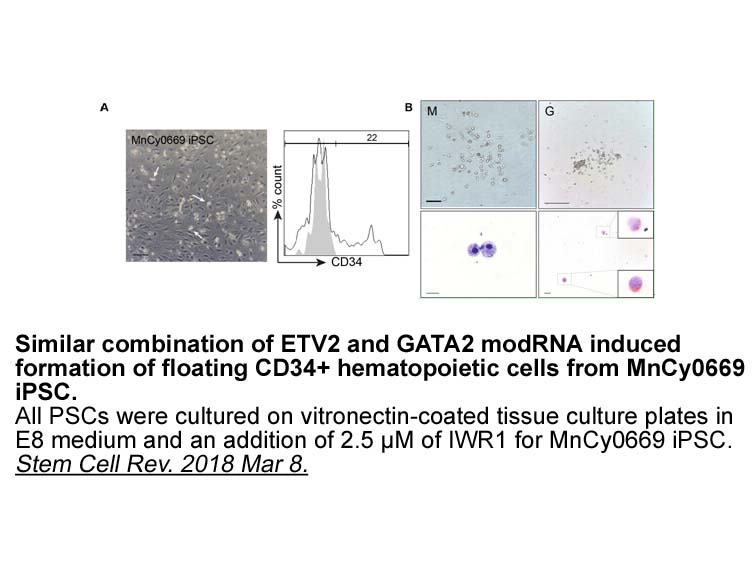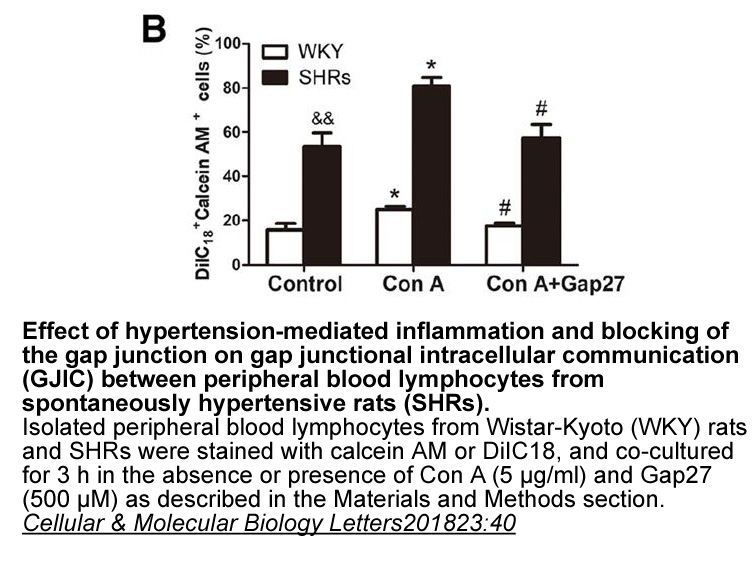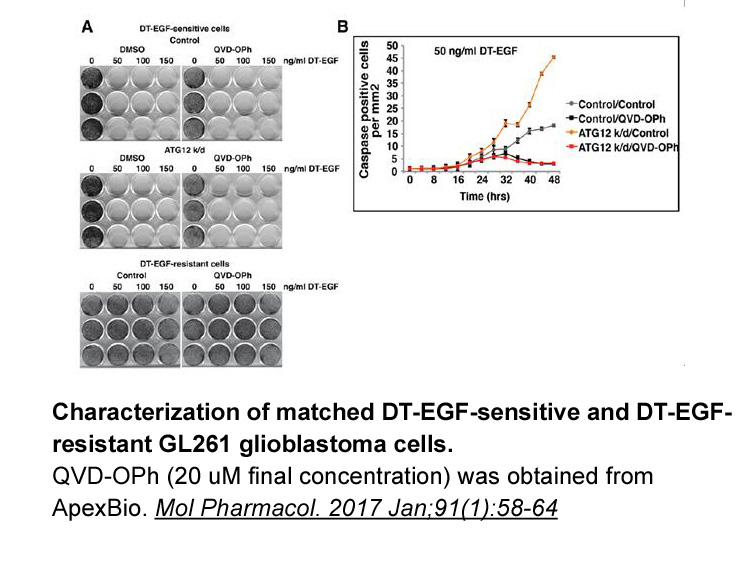Archives
- 2025-11
- 2025-10
- 2025-09
- 2025-03
- 2025-02
- 2025-01
- 2024-12
- 2024-11
- 2024-10
- 2024-09
- 2024-08
- 2024-07
- 2024-06
- 2024-05
- 2024-04
- 2024-03
- 2024-02
- 2024-01
- 2023-12
- 2023-11
- 2023-10
- 2023-09
- 2023-08
- 2023-07
- 2023-06
- 2023-05
- 2023-04
- 2023-03
- 2023-02
- 2023-01
- 2022-12
- 2022-11
- 2022-10
- 2022-09
- 2022-08
- 2022-07
- 2022-06
- 2022-05
- 2022-04
- 2022-03
- 2022-02
- 2022-01
- 2021-12
- 2021-11
- 2021-10
- 2021-09
- 2021-08
- 2021-07
- 2021-06
- 2021-05
- 2021-04
- 2021-03
- 2021-02
- 2021-01
- 2020-12
- 2020-11
- 2020-10
- 2020-09
- 2020-08
- 2020-07
- 2020-06
- 2020-05
- 2020-04
- 2020-03
- 2020-02
- 2020-01
- 2019-12
- 2019-11
- 2019-10
- 2019-09
- 2019-08
- 2019-07
- 2019-06
- 2019-05
- 2019-04
- 2018-07
-
More unusual modifications also regulate DUBs
2020-12-28

More unusual modifications also regulate DUBs. Recent reports have illustrated how reactive oxygen species (ROS) can regulate DUB activity 87, 88, 89, 90. ROS can serve as potent signaling molecules by reacting with active site cysteines of tyrosine phosphatases and some cysteine peptidases to form
-
The compounds were ranked based on the
2020-12-28

The compounds were ranked based on the Glide XP Score, as shown in . All 15 compounds were subject to a radiometric assay previously used in our lab to evaluate their ability to inhibit DHFR steady-state activity in recombinant TS-DHFR (A). Compound demonstrated greater than 50% inhibition of DHFR a
-
br CXCR The CXC receptor and CXCR and CXCR have
2020-12-28

CXCR1/2 The CXC receptor 1 and 2 (CXCR1 and CXCR2) have been well characterised in vertebrates. In mammals and birds, the two receptors are shared by the ELR+ CXC ligands, namely the CXCL8 family members that have proinflammatory roles in recruitment of neutrophils, monocytes and macrophages to s
-
On close inspection the pattern shows large areas of
2020-12-28

On close inspection, the pattern shows large areas of very low point intensity where hardly any trees can be found. Anecdotal knowledge reveals that these regions are covered by a swamp, where the tree species is known to be very unlikely to grow, independent of local soil covariates and topography.
-
Arsenic is an endocrine disruptor with
2020-12-28

Arsenic is an endocrine disruptor with estrogenic activity. Further study has shown that arsenic exposure can significantly increase the expression of estrogen receptor-related genes, steroid metabolism-related enzymes and lung cancer-related genes in the lung tissues of female mice on the occurrenc
-
In the literature we can find two different
2020-12-28

In the literature, we can find two different modes of action for estrogens: Firstly there is the commonly accepted genomic pathway. Estrogens pass the cell membrane due to their lipophilic character via diffusion and bind to estrogen receptors (ERs) in the cytoplasm. After binding a dimerization of
-
Synthesis of and is described in Scheme
2020-12-26

Synthesis of 5–7, 12–14, and 18 is described in Scheme 3. Compounds 5–7 and 18 were prepared as outlined in Scheme 3a. Reaction of 4-bromomethylbenzoic 7-Nitroindazole (36) with thionyl chloride yielded the corresponding acid chloride, which was converted to the corresponding amide 40a by the usual
-
At present there have been relatively few studies that evalu
2020-12-25

At present, there have been relatively few studies that evaluated potential correlations between pulmonary and pleura metastases, hilar and mediastinal considering nodes, and organs associated with distant metastasis and EGFR mutations [33,34,37]. Further research on these relationships is needed,
-
br Conflict of interests br Introduction Ubiquitylation is a
2020-12-25

Conflict of interests Introduction Ubiquitylation is a post-translational modification which impacts almost every biological process in the cell. Dysregulation of the ubiquitylation pathway is associated with several diseases, including cancer, neurodegenerative disorders, and immunological dy
-
br Substoichiometric substrate modification E ligases cataly
2020-12-25

Substoichiometric substrate modification E3 ligases catalyze the rapid transfer of the SUMOD from the E2 enzyme to the substrate. By definition, enzymes are recycled in the reaction, allowing multiple rounds of substrate modification by a single enzyme. Thus, enzymes function at substoichiometric
-
Compounds were synthesized using a facile step convergent sy
2020-12-25

Compounds were synthesized using a facile 8-step convergent synthesis ( and ). Briefly, (Boc)cyclen (compound ) was coupled using TBTU to Fmoc- or Cbz-protected amino alkyl acids (–), followed by deprotection using 20% piperidine in DMF, or H on Pd/C, respectively (–) (). Deprotected linkers were co
-
In general cellular senescence is considered
2020-12-25

In general, cellular senescence is considered a programmed response to stress that can be activated by oxidative stress, irradiation or action of substances or drugs. These stressors cause DNA damage and, through the action of specific proteins (p53 and p21), lead to cell senescence (di Fagagna, 200
-
Chloramphenicol br Introduction The innate immune system sta
2020-12-25

Introduction The innate immune system stands the first line of the defense that protects the host from viral intrusion, depending on pattern recognition receptors (PRRs) and the corresponding pathways [[1], [2], [3], [4]]. The pathogen-associated molecular patterns (PAMPs) of the invading viruses
-
Although the ferromagnetic particles and T
2020-12-25

Although the ferromagnetic particles and T4 neuronal metabolism on the particles were heated by the ac magnetic field, the average temperature of the reaction solution as a whole was kept suitably low for the annealing of DNA ends (16°C). Indeed, no appreciable increase in the temperature of the rea
-
br Sphingosine kinase One of
2020-12-25

Sphingosine kinase One of the enzymes closely related to DGKs are the sphingosine kinases (SKs). These enzymes catalyze the conversion of sphingosine (Sph) to sphingosine-1-phosphate (S1P). SKs and DGKs are closely related lipid kinase in term of basic enzymology and the mechanism of regulation a
16196 records 754/1080 page Previous Next First page 上5页 751752753754755 下5页 Last page